Ground-based solar irradiance measurements remain the gold standard for evaluating solar potential, despite advances in satellite-derived and modeled data. Yet, researchers struggle to locate reliable datasets due to scattered, inconsistent, or unavailable station metadata.
SolarStations.org directly addresses this issue, offering an interactive catalog and global map that detail location, ownership, period of operation, data availability, instrumentation, and climate zone for each station.
Defining station quality: The tier system
Not all solar stations are created equal. The catalog introduces a three-tier classification based on instrument and data quality. Tier-1 stations, such as those in the BSRN network, meet the highest standards, using Class-A thermopile pyranometers and pyrheliometers mounted on solar trackers to measure all three irradiance components; global horizontal (GHI), direct normal (DNI), and diffuse horizontal irradiance (DHI).
Tier-2 stations use lower-spec instruments, often only measuring two components. While they offer reduced accuracy, they broaden geographical representation, particularly in the Global South. Tier-3 stations, which do not meet baseline multi-component criteria, and are thus excluded from the catalog.
This structured approach allows users to match data sources with their application’s uncertainty tolerance, geographical coverage, and data quality requirements, which are crucial in tasks ranging from PV forecasting to atmospheric modeling.
Global coverage with local gaps
While the catalog’s entries span all continents, regional disparities remain. Asia leads in absolute station count, while Europe has the highest station density at approximately six stations per million km². However, regions such as Central Africa, Western Asia, and South America remain underrepresented.
These gaps may reflect the incompleteness of the catalog or the actual scarcity of monitoring infrastructure. Notably, many stations do not feature any public metadata and cannot be found online, which is a significant barrier to their widespread usage. By crowdsourcing contributions and offering open-access metadata, SolarStations.org aims to bridge this divide and become a constantly evolving database for the solar community.
Use cases
SolarStations.org is already being applied in a wide variety of contexts. Three illustrative use cases demonstrate its usefulness:
1. Model benchmarking: Ongoing IEA PVPS Task 16 benchmarking studies now leverage the catalog to select stations with broader geographical and climatic diversity.
2. Quality control development: Researchers developing new data quality algorithms use the catalog to identify stations in extreme environments like high elevations or humid tropics to test how algorithms fare under diverse conditions.
3. Project siting and validation: Developers can identify the nearest high-quality monitoring station to a proposed solar project and assess data accessibility, which helps to improve site assessments and lower financial risk.
Each use case underscores how the catalog enhances transparency and efficiency in solar energy deployment.
Remaining challenges
Despite its thoroughness, the catalog highlights persistent barriers to solar data access. A significant share of stations —particularly Tier-1 — do not offer public data. And even when data is available, inconsistent formats, unclear documentation, and maintenance issues hinder usability. Moreover, 14% of cataloged stations have unknown operational status, limiting their reliability for research or project planning.
The Solar Energy article calls for standardised data formats, transparent documentation, and institutional support to reduce these friction points. It also advocates for a global network of research stations to expand the reference base beyond legacy networks like the BSRN.
A community resource
SolarStations.org is not just a catalog of stations, it is a collaborative infrastructure. By cataloging and disseminating critical standardised metadata on irradiance monitoring stations, the platform provides users across the energy, climate, and research sectors with tools to gain more accurate assessments.
As solar becomes a central pillar of global energy systems, initiatives like this will be essential for accelerating the transition to clean energy.
About IEA PVPS Task 16
IEA PVPS Task 16 focuses on the study and advancement of solar resource data and forecasting for high-penetration and large-scale solar applications. Its work supports the deployment of solar energy by developing best practices, improving the accuracy of solar resource data, and enhancing methods for forecasting solar energy availability. The Task brings together experts from around the world to improve the quality and bankability of solar projects by providing tools and insights essential for investors, developers, and energy planners.
The views and opinions expressed in this article are the author’s own, and do not necessarily reflect those held by pv magazine.
This content is protected by copyright and may not be reused. If you want to cooperate with us and would like to reuse some of our content, please contact: editors@pv-magazine.com.
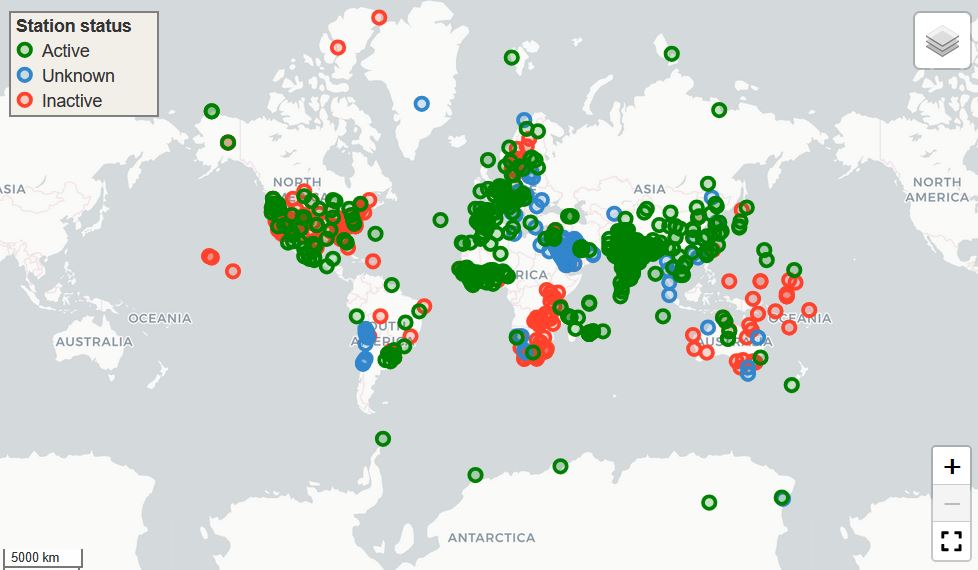
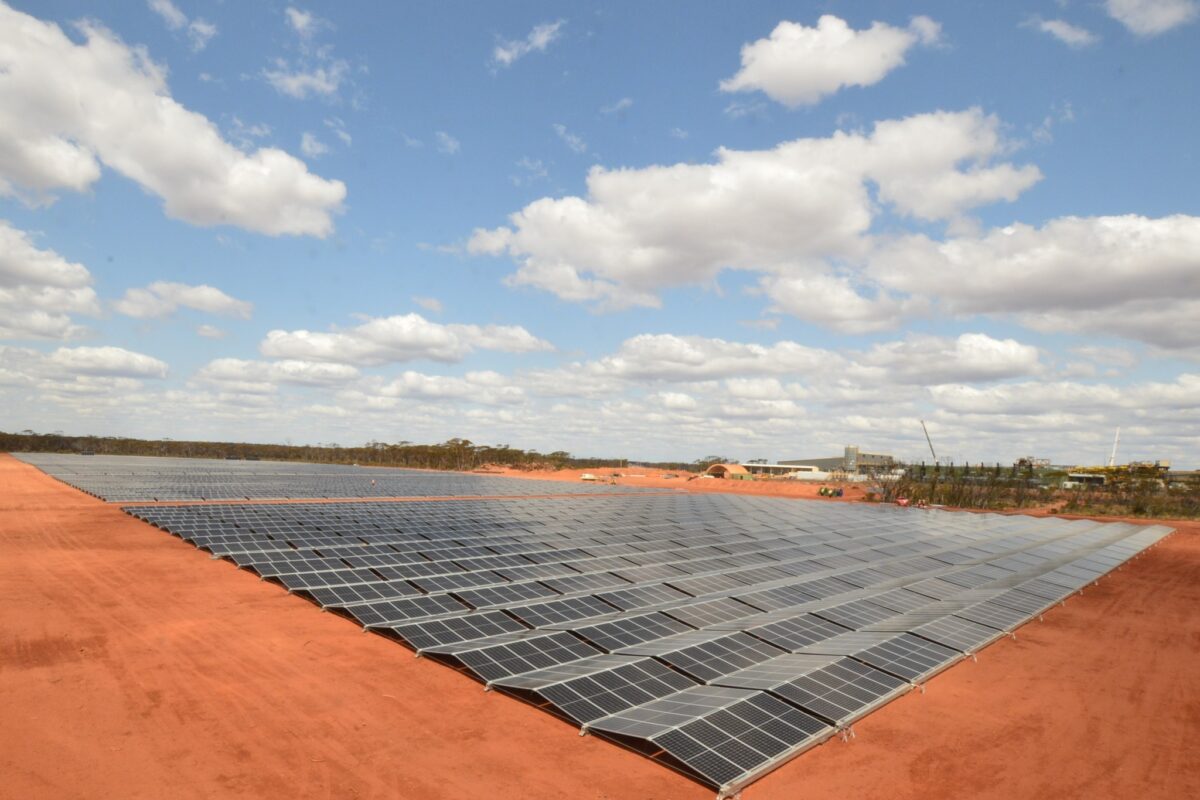

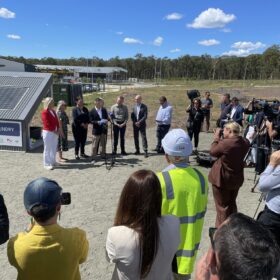
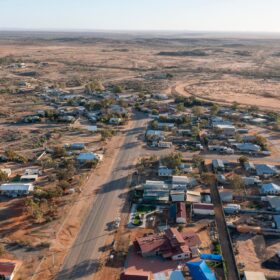
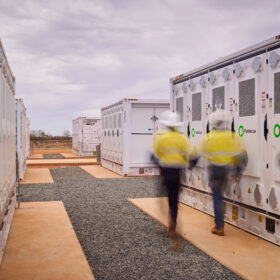
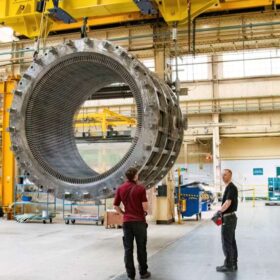

By submitting this form you agree to pv magazine using your data for the purposes of publishing your comment.
Your personal data will only be disclosed or otherwise transmitted to third parties for the purposes of spam filtering or if this is necessary for technical maintenance of the website. Any other transfer to third parties will not take place unless this is justified on the basis of applicable data protection regulations or if pv magazine is legally obliged to do so.
You may revoke this consent at any time with effect for the future, in which case your personal data will be deleted immediately. Otherwise, your data will be deleted if pv magazine has processed your request or the purpose of data storage is fulfilled.
Further information on data privacy can be found in our Data Protection Policy.